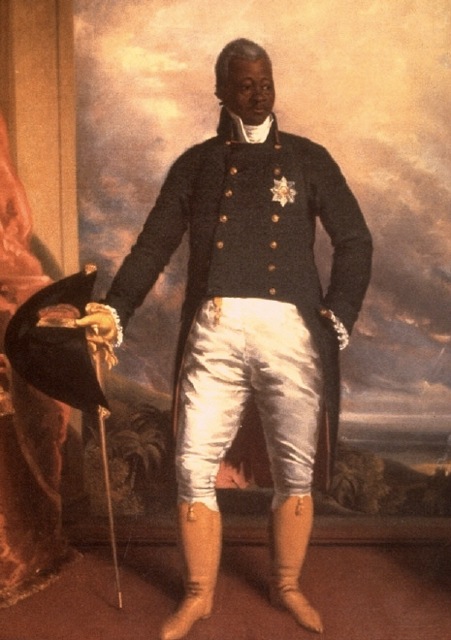Feb
1
El Reino de este Mundo, round two
Posted by: | February 1, 2010 | Comments Off on El Reino de este Mundo, round two
El Reino de Este Mundo turned out to be pretty good, I’d say.
Firstly, I didn’t foresee the events of the novel to progress as they did (from bad to worse), which kept me reading to see how the groups would balance out (what I expected to happen). This expectation was greatly based on the negative attitudes expressed towards the Europeans in the early parts of the novel; so, when a black dictator more malicious than the white colonists comes into power, the scale of “whites versus blacks” are completely thrown off as was my original prediction. I was expecting the novel to follow the “whites versus blacks” blueprint, but as we learn in the end of the novel, the message goes beyond race.
…el hombre nunca sabe para quién padece y espera. Padece y espera y trabaja para gentes que nunca concerá, y que a su vez padecerán y esperarán y trabajarán para otros que tampoco serán felices, pues el hombre ansía siempre una felicidad situada más allá de la porción que le es otorgada. Pero la grandeza del hombre está precisamente en querer mejorar lo que es.
To clarify (I feel that this part is essential because its basically the culmination of the novel, so please correct me if I’m wrong), Carpentier continues to say that in el Reino de los Cielos, greatness is not something that can be conquered or needs to be conquered because existence in el Reino de los Cielos is infinite and, more or less, perfect, with a sense of hierarchy already set in place. But in el Reino de este Mundo, the best a man can do for himself is to seek greatness to rise above struggle. (?)
Overall, after finishing the novel, I have thought many times at how successful the use of the character Ti Noel was in telling the story of the Haitian Revolution, staying true to the historical facts of the story, but also using his perspective as a slave to bring another dimension of reality to eye-level with the reality of the white colonist/ European. I think that this is why Carpentier’s explanation was much more easy to understand and interpret (than Asturias’s incorporation of magical realism in Leyendas de Guatemala – yes, I know that lo real maravilloso and magical realism are two different animals); he presents both perspectives at the same time, rather than only presenting one. In Asturias´s Leyendas de Guatemala, I think I was taking my own “European” point of view for granted and forgetting to take that into account. Thoughts?

